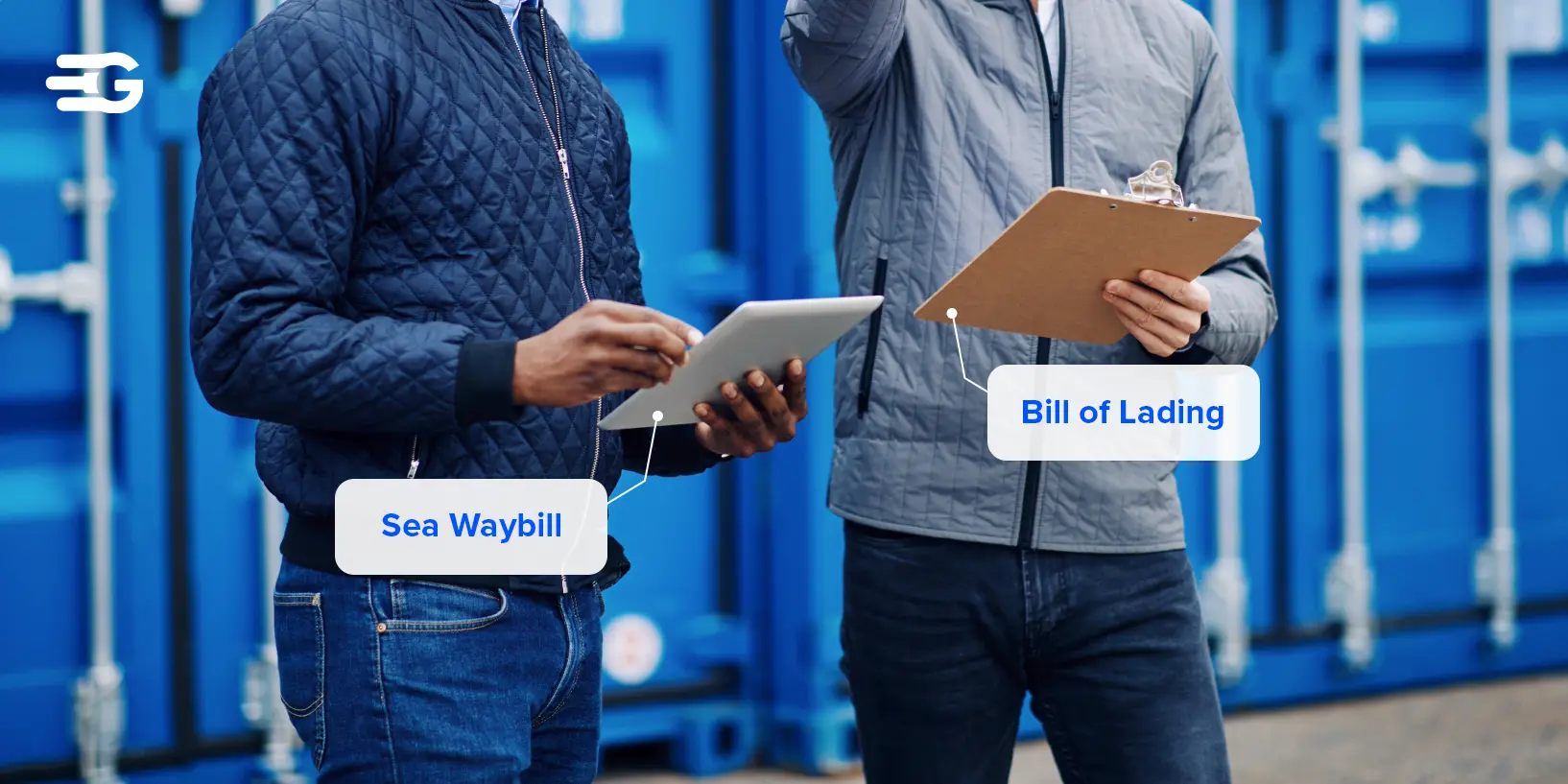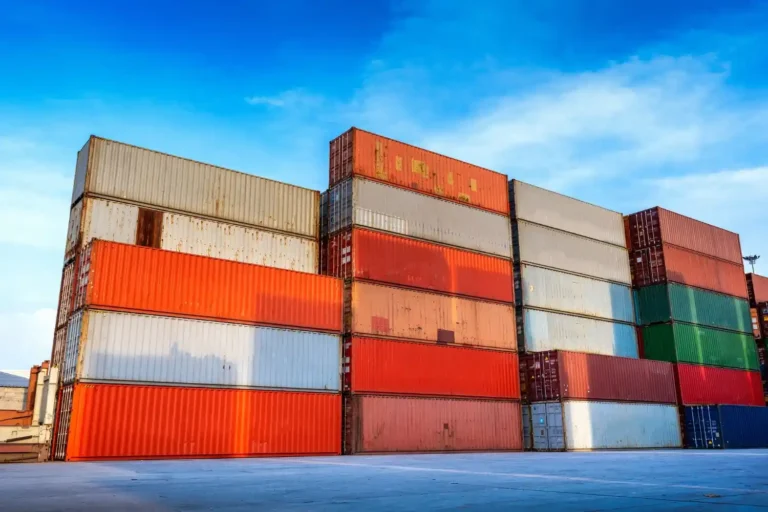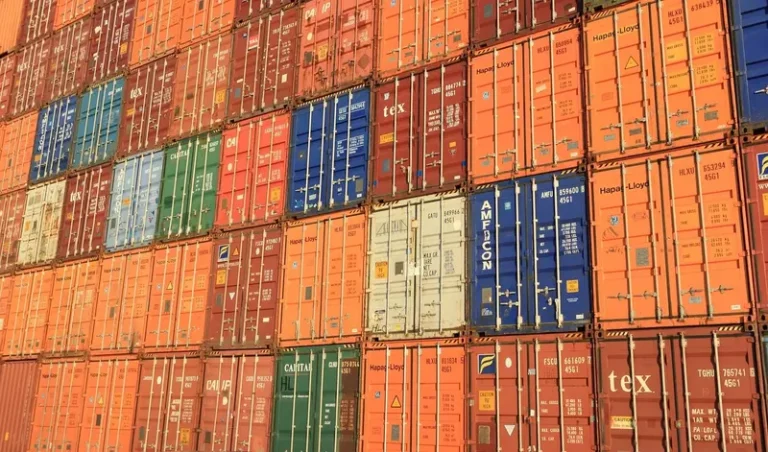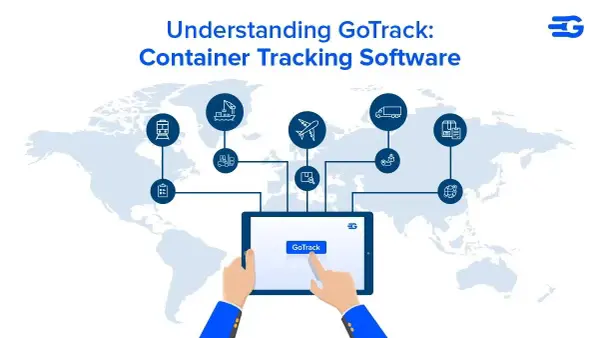Bill of Lading vs. Sea Waybill – A Complete Guide
Shipping documentation is the backbone of international trade, ensuring goods move smoothly across borders without disputes. Among the essential documents, the Bill of Lading (BOL) and Sea Waybill (SWB) play crucial roles in global logistics. But what exactly do these documents do, and how do they differ? Let’s break it down.
What is a Bill of Lading?
A Bill of Lading is a legally binding document issued by a carrier to acknowledge receipt of cargo for shipment. It serves three primary functions
- Evidence of Contract of Carriage – A binding agreement between shipper and carrier.
- Receipt of Goods – Confirms that the cargo has been received in good condition.
- Title of Goods – Acts as proof of ownership, allowing goods to be transferred.
Types of Bills of Lading
- Straight BOL – Non-negotiable; goods are delivered only to the named consignee.
- Order BOL – Negotiable; ownership can be transferred by endorsement.
- Bearer BOL – Least common; whoever holds it can claim the goods.
What is a Sea Waybill?
A Sea Waybill is a document used in international shipping that serves as a receipt of goods and a contract of carriage, but it does not serve as a title of ownership. Unlike a Bill of Lading, an SWB is non-negotiable and is primarily used when no title transfer is needed.
Pro and Cons of a Sea Waybill
Faster Processing & Lower Costs – Since no original document is required, cargo can be released quickly.
Ideal for Trusted Partners – Best for transactions where the consignee is known and trusted.
Cons
No Transfer of Ownership – Not suitable when goods are resold during transit.
Limited Legal Protection – Unlike a BOL, it offers weaker protection in case of disputes.
Key Differences Between a Bill of Lading and a Sea Waybill
| Feature | Bill of Lading (BOL) | Sea Waybill (SWB) |
| Legal Status | Document of title | Non-negotiable |
| Ownership Transfer | Possible | Not possible |
| Cargo Release Requirement | Requires original BOL | No original needed |
| Best for | High-value, resalable goods | Fast, low-risk shipments |
| Risk & Cost | Higher security, but slower and costly | Lower cost, but less secure |
Real-World Applications & Case Studies
How Digital Documentation is Changing Logistics
Traditionally, physical BOLs caused delays and paperwork hassles. Today, many companies are switching to digital eBOLs and electronic SWBs, cutting costs and reducing errors.
Case Study: Companies That Optimized Logistics with SWB
A European electronics retailer used Sea Waybills to speed up their supply chain. By eliminating physical documents, they reduced clearance delays by 30%.
Case Study: When a BOL Saved a Business from a Legal Dispute
A textile exporter shipped goods with a negotiable Bill of Lading. When payment disputes arose, the BOL ensured the buyer couldn’t claim ownership without settling payments first.
Choosing the Right Document for Your Shipments
Industry-Specific Recommendations
- Retail & Consumer Goods – SWB is preferred for rapid shipments with known buyers.
- Machinery & High-Value Goods – BOL provides legal protection and ownership control.
- E-Commerce & Dropshipping – SWB works for direct shipments without middlemen.
Compliance & Regulatory Considerations
- Check import/export regulations of the destination country.
- Ensure accurate details on all documents to avoid penalties.
- Digitize documentation to improve efficiency.
Future of Freight Documentation: Going Digital
Electronic Bill of Lading (eBOL) & Digital Sea Waybills
Major shipping lines and logistics companies are moving towards digital documentation for:
- Faster processing
- Reduced paperwork costs
- Enhanced security & tracking
How AI & Automation Improve Freight Management
Platforms like GoComet leverage AI-powered solutions to:
- Automate document generation
- Reduce manual errors
- Optimize supply chain visibility
GoComet’s Role in Optimizing Documentation & Logistics
GoComet provides smart freight management solutions that help businesses handle shipping documentation seamlessly, ensuring efficiency and compliance.
What are the risks of using the wrong document?
- Using a BOL when an SWB would suffice results in unnecessary costs and delays.
- Using an SWB when a BOL is needed can lead to legal risks and loss of ownership control.
Conclusion
✅ Use a Bill of Lading when transfer of ownership is required.
✅ Use a Sea Waybill for faster, cost-effective shipments.
✅ Consider electronic documentation for efficiency and security.





